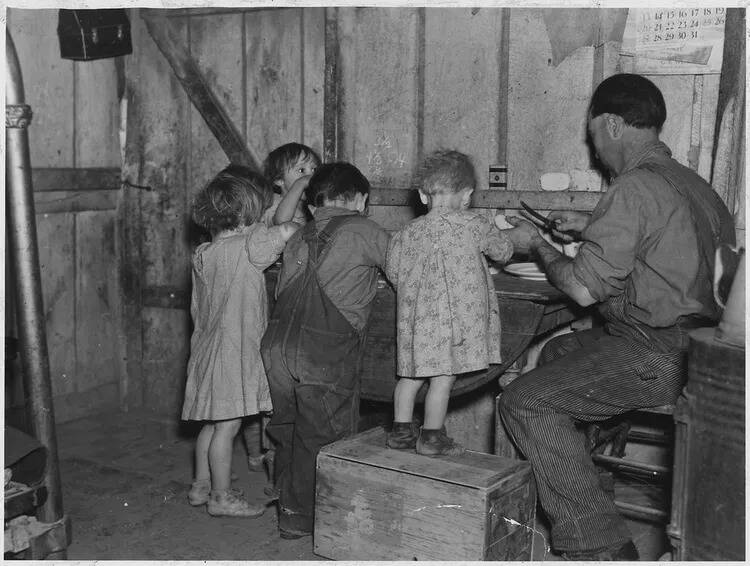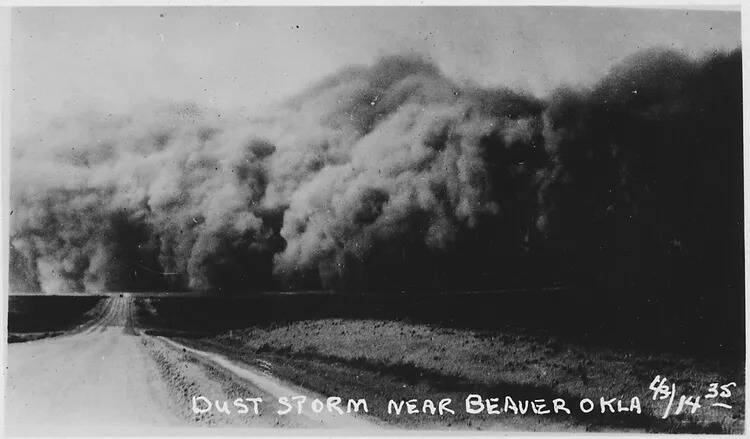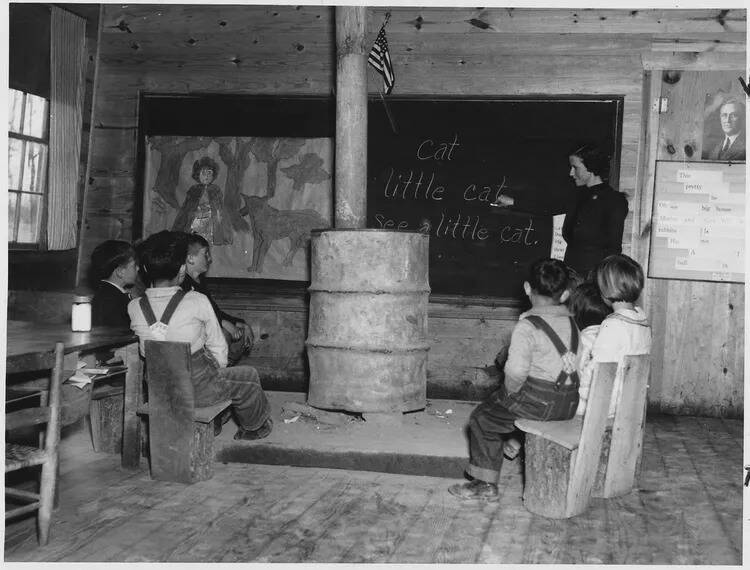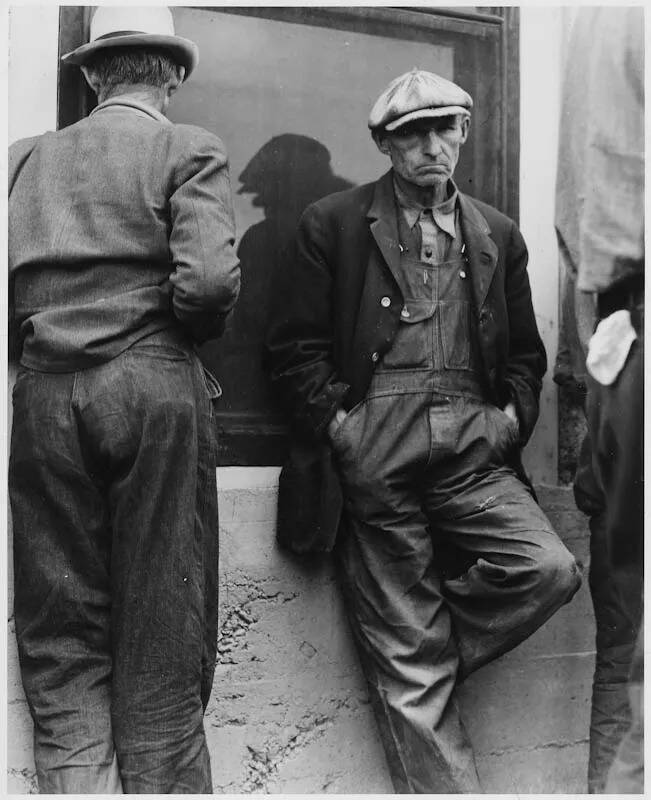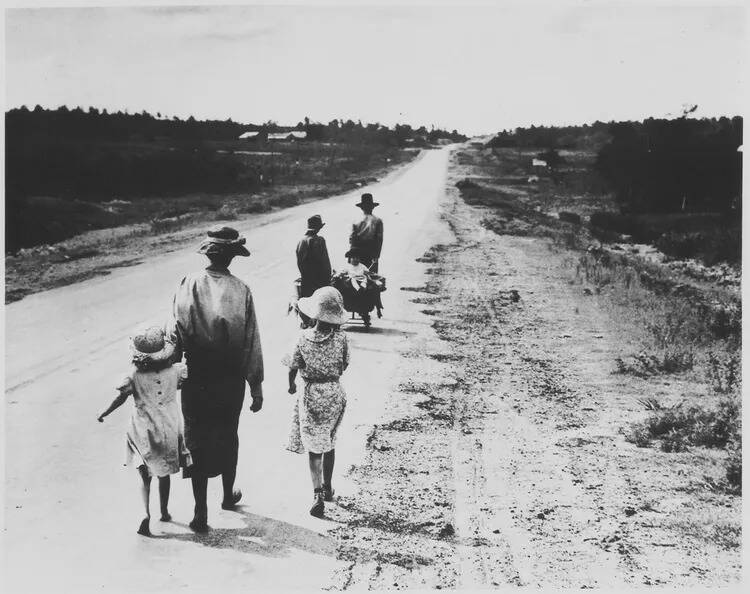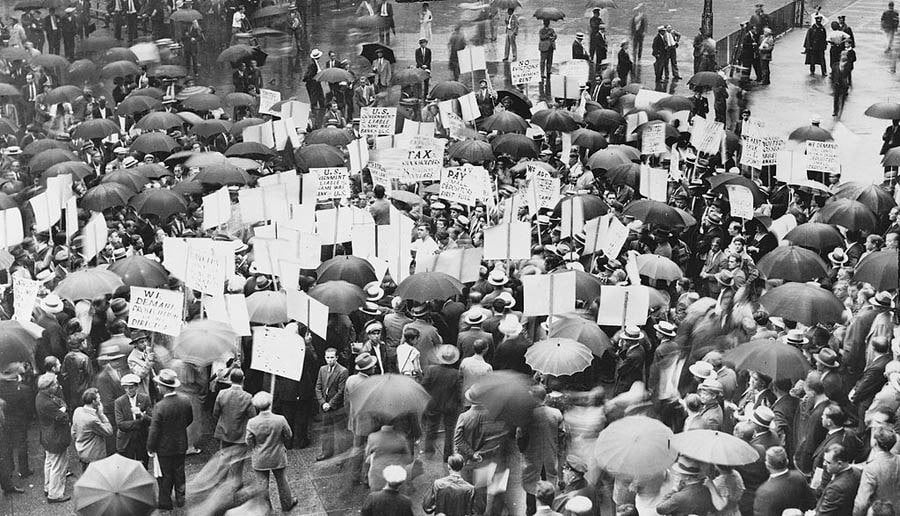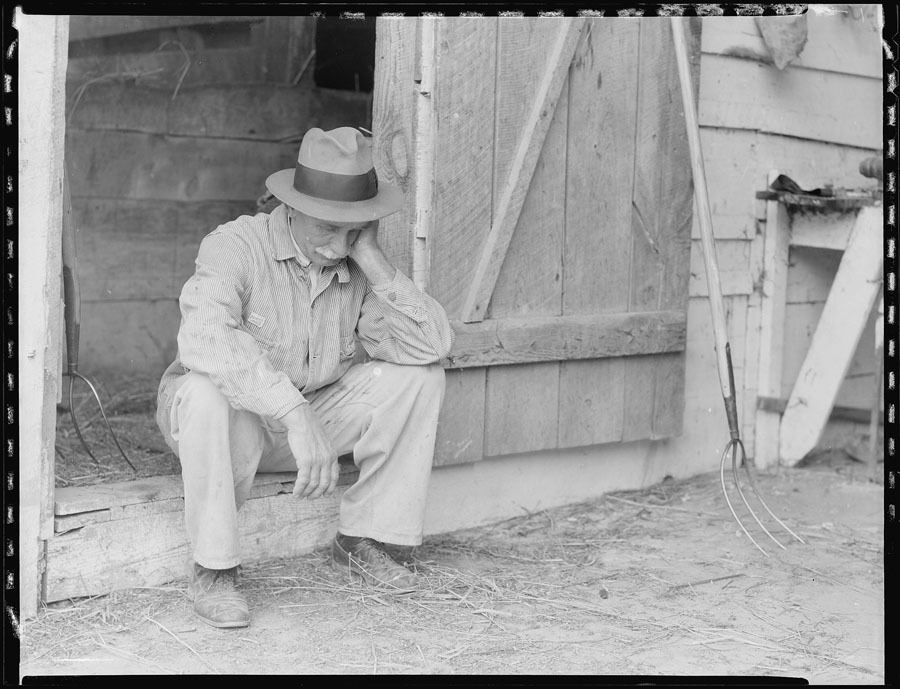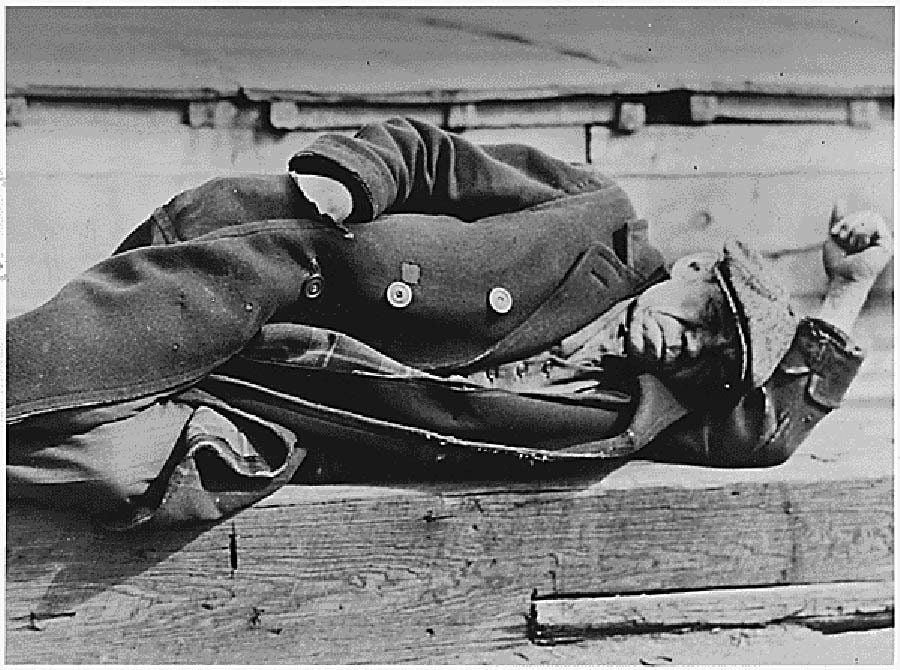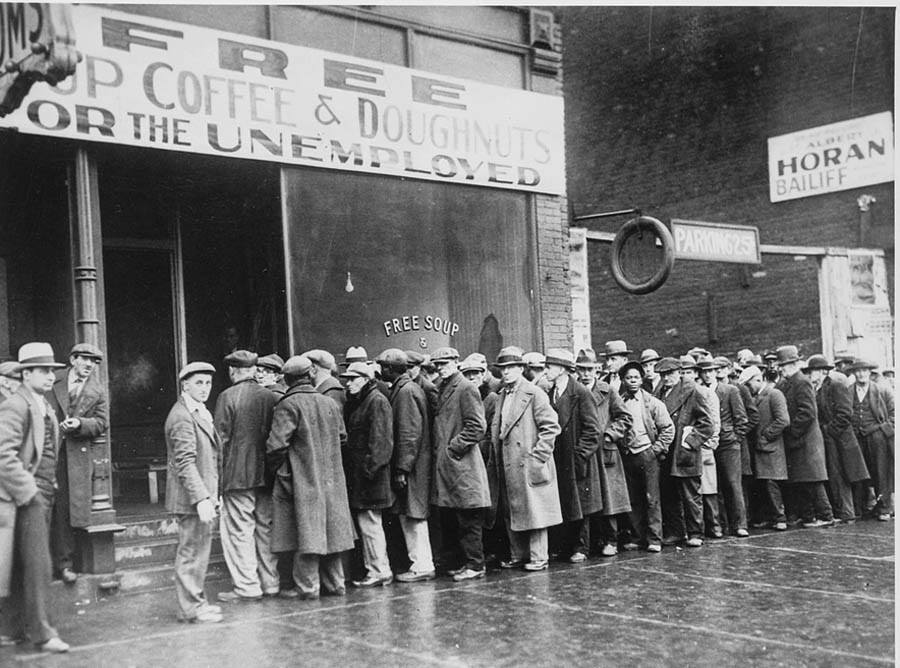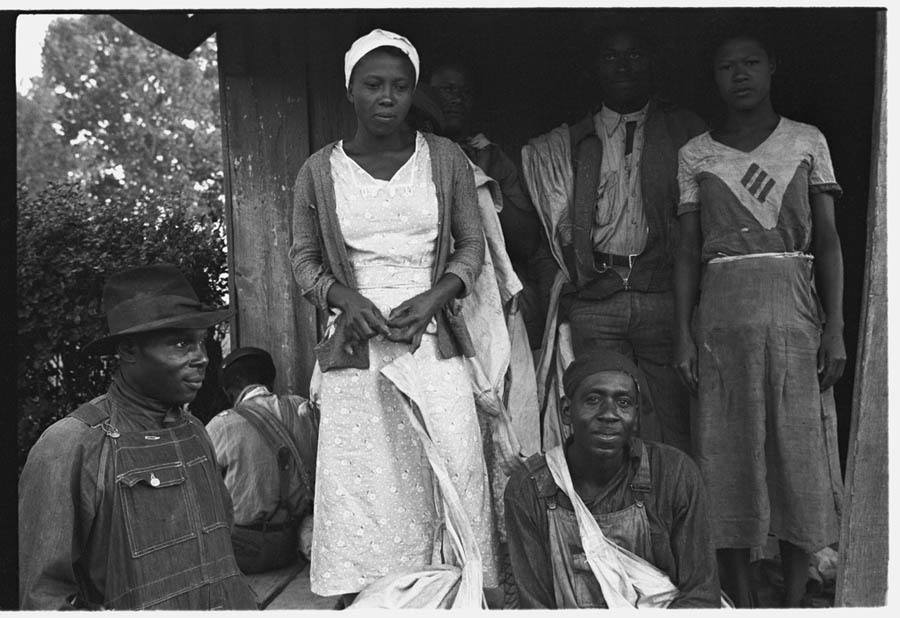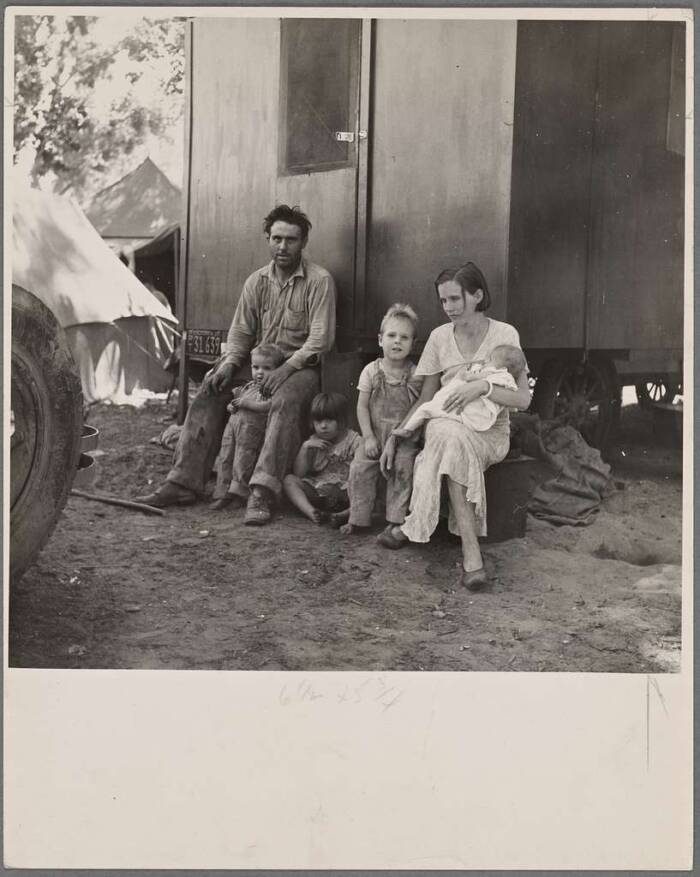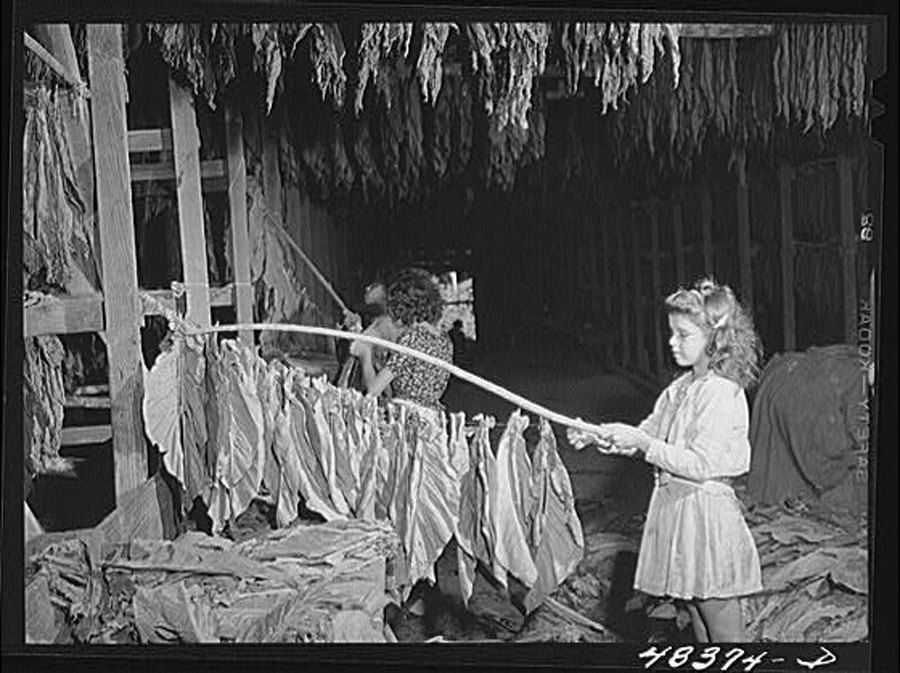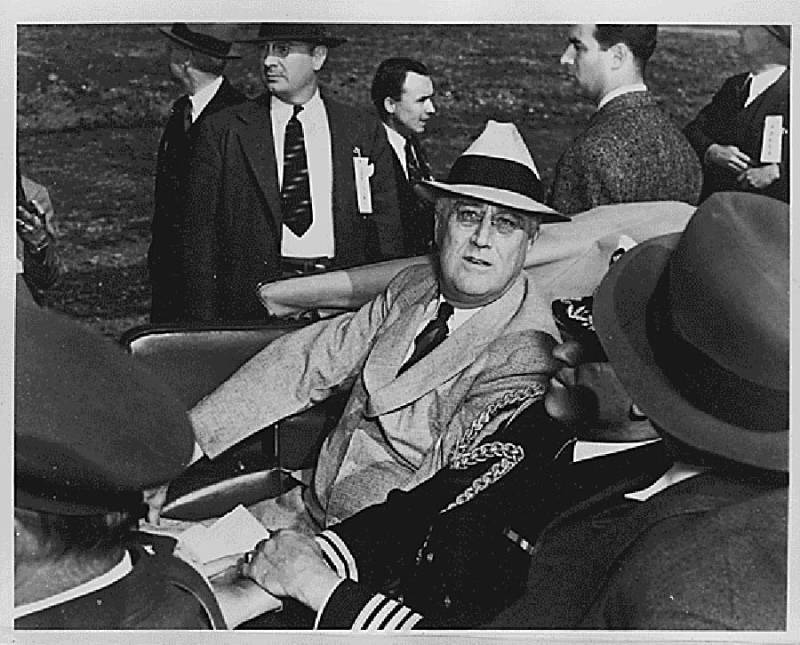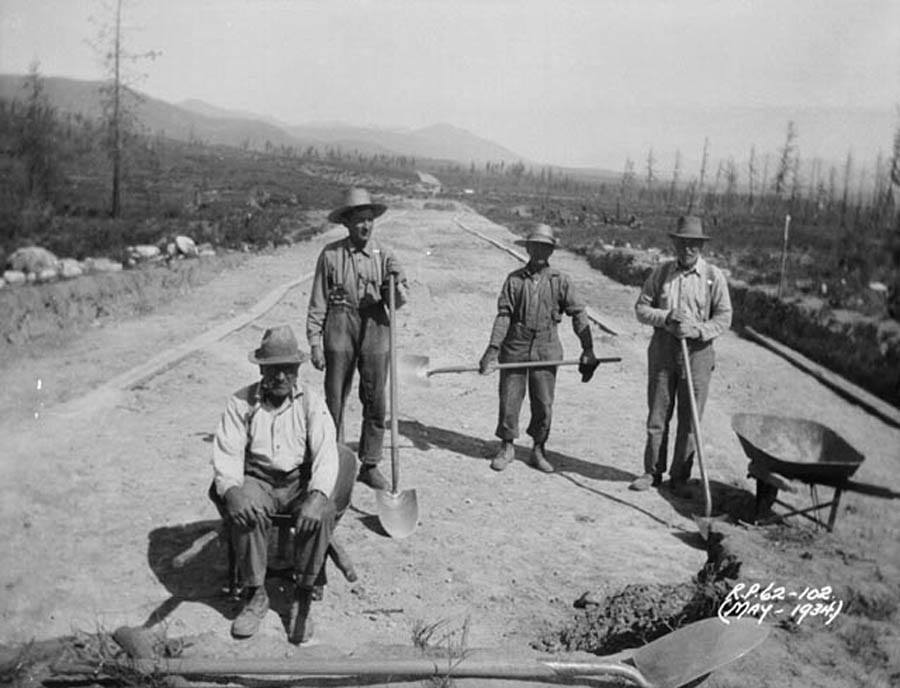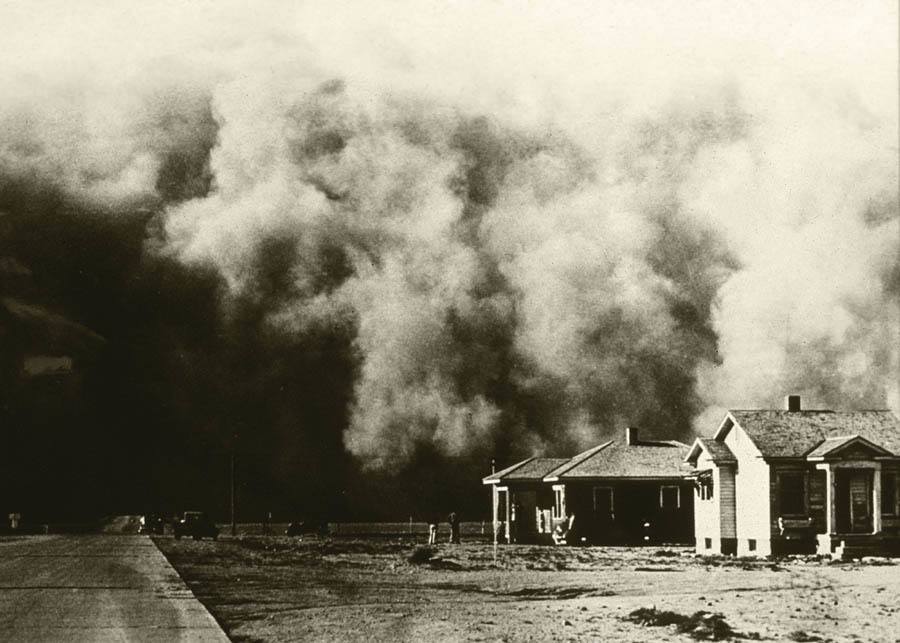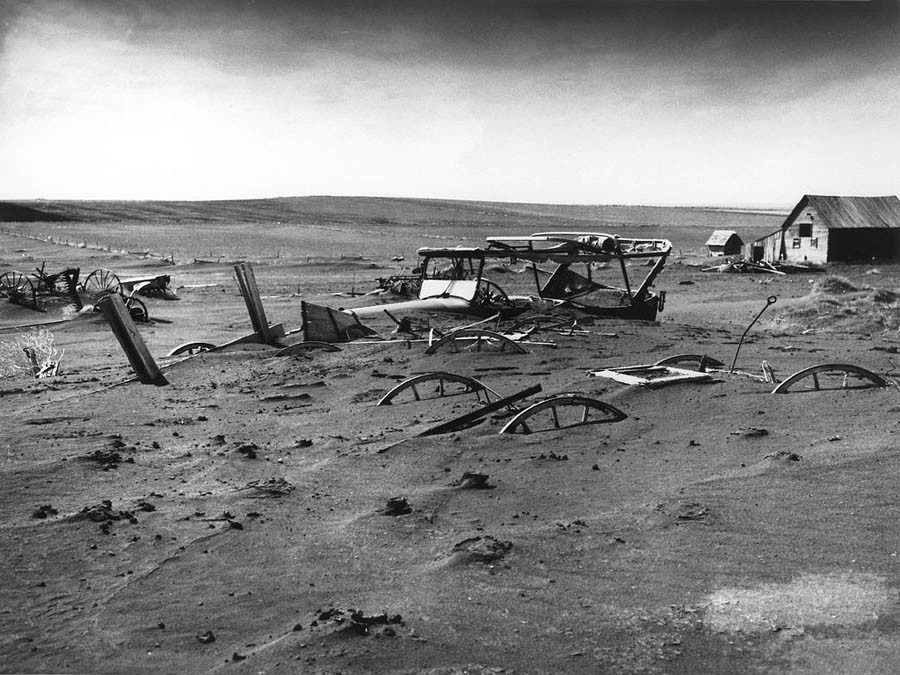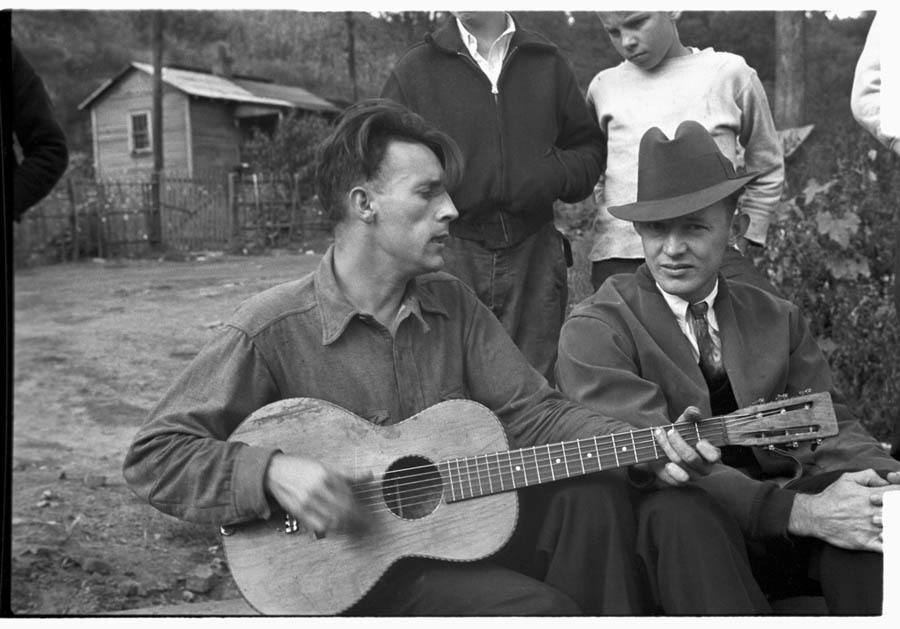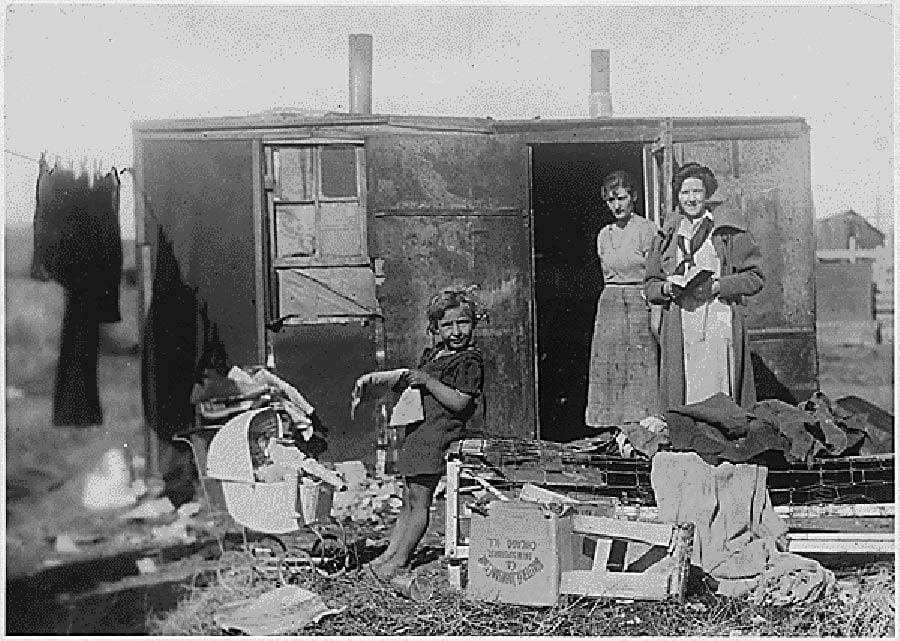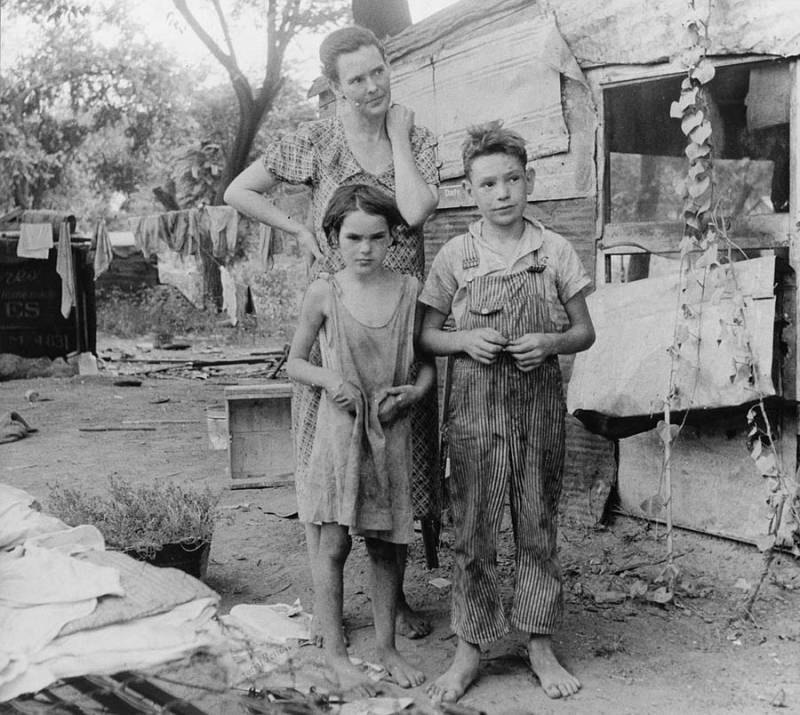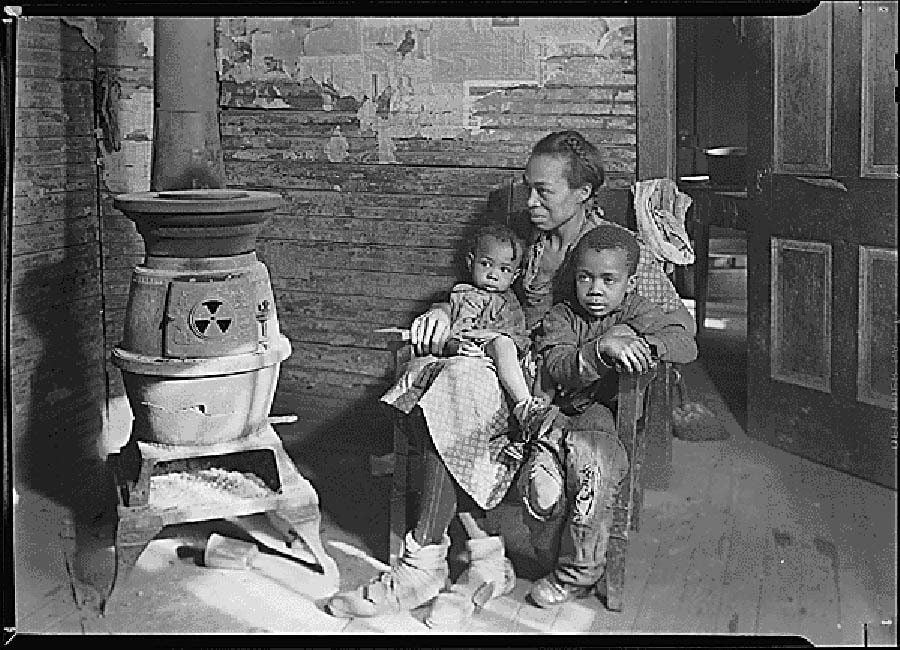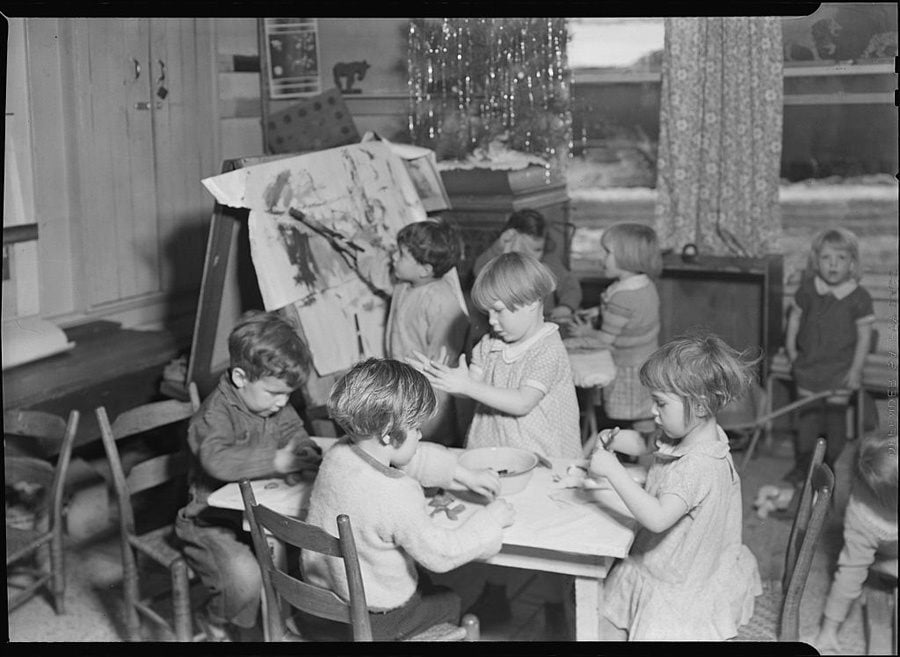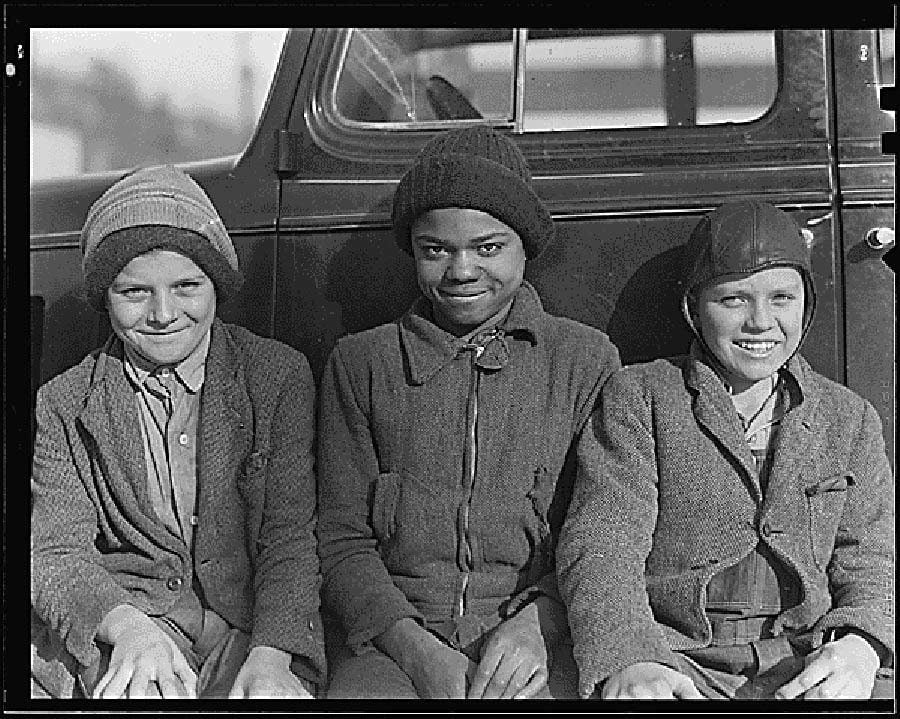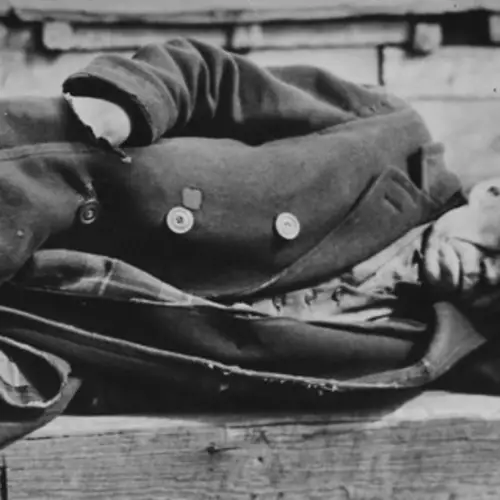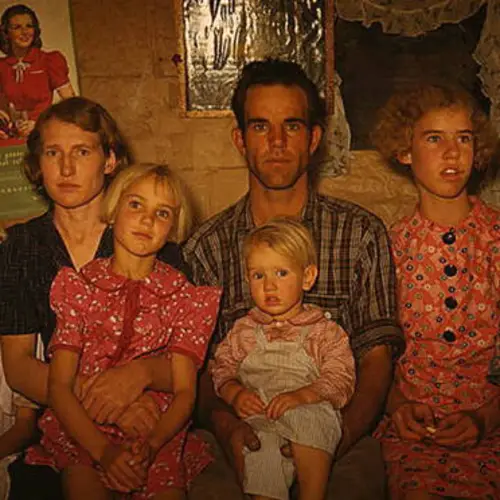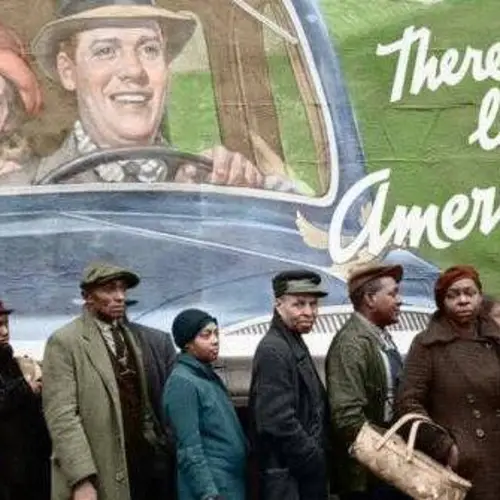After the stock market crashed in October 1929, the Great Depression soon followed — ushering in a period of widespread unemployment, homelessness, and destitution.
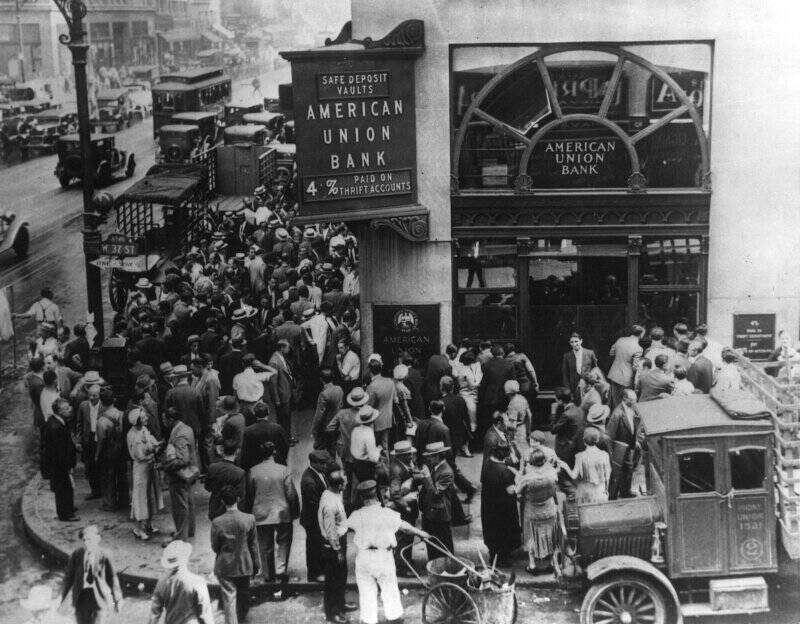
Public Domain A crowd at the American Union Bank in New York City during the Great Depression.
Great Depression photos offer a glimpse into how the era was one of the most catastrophic times the United States has ever endured.
The decade-long depression “officially” began on Oct. 29, 1929, when the stock market crashed, eventually causing the gross domestic product to drop a whopping 15 percent worldwide. To put this in perspective, during the recession of the late 2000s, the world’s GDP dropped less than 1 percent.
It would take World War II, which created countless new jobs, and the reform efforts of a new president, Franklin D. Roosevelt, to pull the U.S. out of a devastating economic hole left by a financial market in crisis — one which remains the largest worldwide economic crisis to date.
In the first 100 days of FDR’s presidency in 1933, he helped pass 15 major pieces of legislation to implement “New Deal” programs that would stimulate employment, create new jobs, and provide economic relief.
But as the following Great Depression photos show, the road back to economic health would be long, and nothing short of agonizing.
What Was The Great Depression?
In late October 1929, U.S. stock market values sharply declined, eventually culminating in what historians refer to as the "Great Crash."
A number of factors led to the stock market crash, but some of the most commonly cited ones include a period of rampant speculation, an increase in interest rates, and an economic recession. When top investors realized that their investments were heading toward failure, many of them sold their stock, leading to widespread panic selling. On Oct. 29, 1929, a day labeled "Black Tuesday," over $14 billion from the U.S. stock market was lost.
The crash ultimately led to the largest financial crisis in United States history. Countless banks went out of business, millions of people eventually found themselves without a job, and some citizens even lost their homes.
For the next 10 years, Americans struggled through the worst economic hardship the country had ever seen. Unemployment, coupled with disasters like the Dust Bowl (which was partly manmade) in the Midwest and Great Plains, led to mass migration and homelessness across the country.
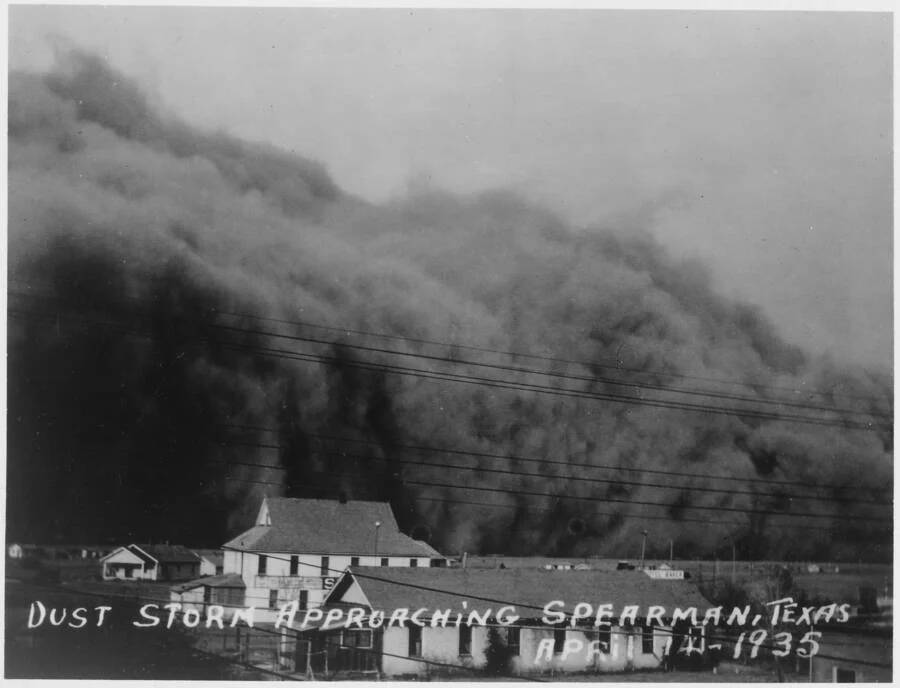
National Archives and Records Administration via Wikimedia CommonsA photo of a dust storm approaching Spearman, Texas during the Great Depression.
In big cities like New York, Chicago, and Washington, D.C., men would often line up at soup kitchens to collect food for themselves and their families.
At the time of the Great Crash, Herbert Hoover was the U.S. President. Since many people felt that Hoover failed to provide adequate relief to citizens, he was defeated by Franklin D. Roosevelt in the 1932 presidential election. Unlike his predecessor, FDR proposed a concrete solution to the Great Depression for the American public called the New Deal.
This series of reforms and policies aimed to stimulate the economy and regain the confidence of the American public.
However, economic struggles persisted throughout the 1930s. Financial strife coupled with Prohibition, the legal prevention of the manufacture, sale, and transportation of alcohol in the United States from 1920 to 1933, had led to a sharp increase in crime and gang violence across the country.
One of the most notable gangsters of the era was Al Capone, a Chicago-based crime boss who once boasted a net worth of about $100 million. Others included Bonnie and Clyde and John Dillinger.
Because of the abhorrent conditions across the U.S., some everyday Americans viewed these crime figures as folk heroes. And who could blame them, when they lived in such squalor during the Great Depression?
Great Depression Photos Reveal The Agonizing Conditions Across The United States
When the Great Depression began in 1929, the unemployment rate in the U.S. stood at 3.2 percent. By 1933, it had jumped to nearly 25 percent.
"The causes of the Great Depression were many and varied, but the impact was visible across the country. By the time that FDR was inaugurated president on March 4, 1933, the banking system had collapsed, nearly 25 percent of the labor force was unemployed, and prices and productivity had fallen to 1/3 of their 1929 levels," the FDR Library & Museum explained.
The Great Depression affected all sectors of the economy. Factories closed their doors to their starving workers, mines were abandoned, and farmers lost their land and sometimes their homes to foreclosure.
For families who couldn't find work, shantytowns dubbed Hoovervilles were common places to set up temporary residences. Named after the president who many Americans viewed as a reason for their hardships, Hoovervilles were hastily organized encampments comprised of easily found materials.
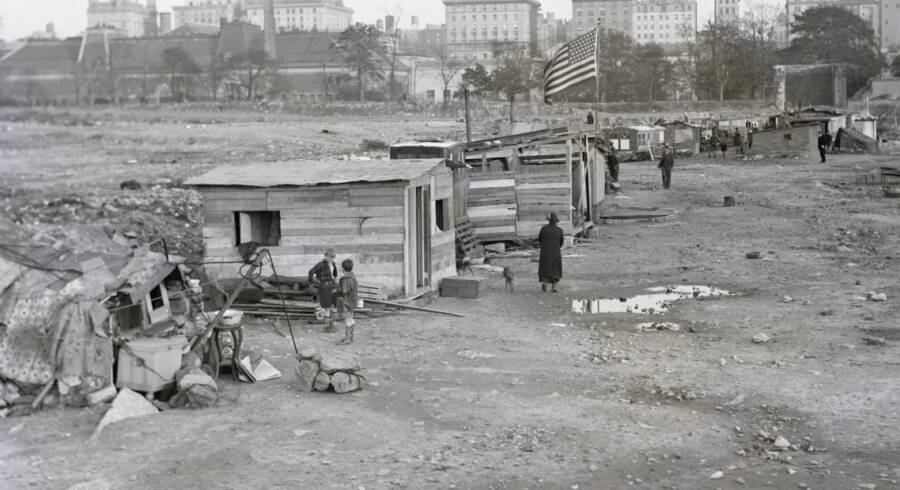
Wikimedia CommonsA photo of a Hooverville encampment in Alabama during the Great Depression.
"'Hoovervilles,' or shantytowns built of packing crates, abandoned cars, and other scraps, sprung up across the nation," the FDR Library & Museum said.
Other people, like the struggling farmers of the Great Plains, packed up and headed out west, often to California, in the hopes of a better life there. This phenomenon led to tensions between California residents and migrants, a group often referred to by the derogatory term "Okies."
However, remedying the economic woes of the American public was the top priority for the FDR administration. In his New Deal, FDR created several new federal agencies to tackle the country's most pressing issues.
One famous agency, called the Civilian Conservation Corps (CCC), provided employment for young men who were willing to help improve America's public lands, forests, and parks. In total, 3 million men participated in the CCC, creating bridges, fighting fires, maintaining roads, and planting trees, all while making a living to support themselves and their loved ones.
While the New Deal's enormous efforts certainly aided many Americans in a time of immense struggle, it wasn't until the onset of World War II, when wartime production boomed and countless new jobs were created, that the country finally broke free from the Great Depression.
After looking through these Great Depression photos, check out the underground speakeasies of Prohibition-era America. Then, go inside the blood-soaked history of the New York Mafia's Five Families.
